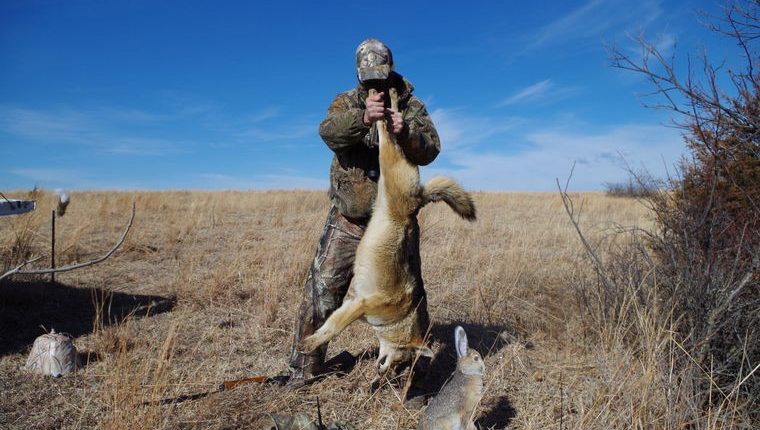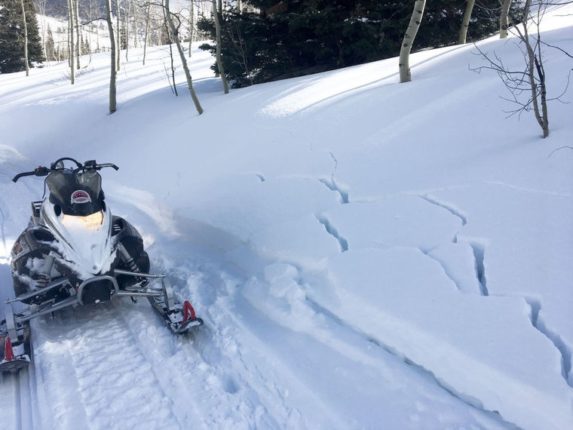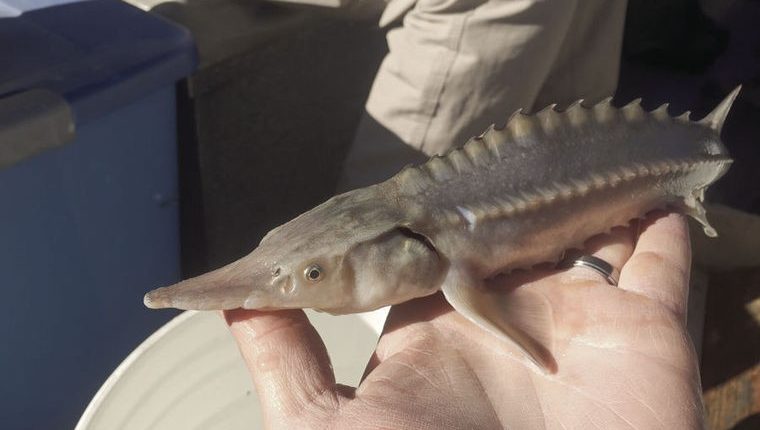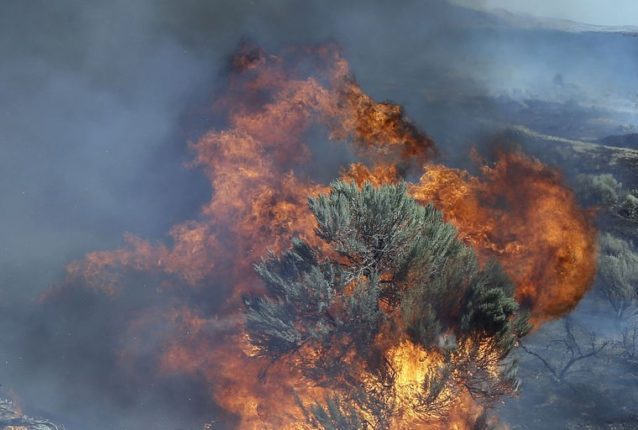I plan on writing at least one and probably two more articles on varmint hunting over the next two months. I have three upcoming varmint hunts scheduled in Texas and I don’t know how many here in Idaho. So if I wait to write one until after those hunts and just try to do one, it’d be a small book. I’d have to write a how-to segment, which would be a whole article and then who knows what is going to happen on the hunts. Surely two to three articles will pop out of those.
From when varmint hunting first started happening in a semi-organized fashion more than 55 years ago up until now there has been a ton of knowledge gained as well as gimmicks and gear to use. Back then we had an old wood Thomas dying rabbit call. You’d call for a few seconds and then wait five-minutes and then repeat.
Decades later we were told to call non-stop and more aggressively. Then suddenly a cult-like following popped up. It seems like everyone now breaks off on their own tangent and becomes super specialized. This is true in all outdoor fields. Bowfishermen buy $40,000 boats decked out with night lights and bowfish nearly year-round. I’ve got fly-fishing buddies that flyfish 24/7 and varmint hunters dedicate their whole winter to varmint hunting.
I guess it kinda makes sense. Outdoorsmen go so overboard in buying gear now. You can’t hardly rationalize spending $20,000 to $40,000 on a hobby and only doing it one week per year nor can you afford to spend that much on multiple hobbies so maybe it’s because of our spending habits that we end up being so focused and specialized on one tangent?
Getting into varmint hunting isn’t super expensive but to be successful it does help to have some special gear. Before I get into it, though, don’t quit reading this article if you’re a kid on a paperboy’s salary. You can varmint hunt with just your deer rifle and a hand call and still be successful.
OK, now let’s get into the big-boy toys! I’ll list out some items that I’ve either tested or am about to test.
CALLS: My old electronic call is falling apart, so I just ordered a Primos Boss Dogg. You can set it 200 yards away (I usually only put my speaker not over 40-yards from me) and electronically operate it. It also comes with an electronic wiggling decoy which can be set up to 30 yards from the speaker.
DECOYS: When varmint hunting, you’ll be running gunning and moving a lot so I use Montana Decoys’ Mojo Coyote and rabbit.
BLINDS: You can hide behind brush or along a fence-line but you won’t always have something to hide behind at every spot where you want to call. So carry a piece of camo burlap to lay over some brush. Or better yet, something that I really like are the Ameristep Throwdown blinds. They don’t even weigh 2 pounds and collapse into a small unit and are easy to carry.
SCENTS: You can justify using two types of scents. One to cover your scent and then an attractant scent of some kind-like a coyote in heat scent. So it’s smart to use an attractant scent and a cover scent.
GUNS: I just ordered a Mossberg Patriot Predator 6.5 Creedmoor rifle. I got the 6.5 because on the Texas hunts I’m also going to be hunting hogs and axis deer.
If you’re strictly going to be coyote hunting, the .223 ARs are popular for faster follow-up shots. But last winter my brother-in-law called in three coyotes at once and dropped all three with his old bolt action rifle. Bolt actions are not obsolete. And don’t forget your trusty old shotgun. If there are two or more hunters, I always have one carry a shotgun. Forty percent of my coyotes are within shotgun range.
I carry my Mossberg Pro Series 930 Waterfowler so I can rap off shots fast.
AMMO: Like with all hunting, use good ammo. I’ve had good luck on performance and for sure on accuracy with Hornaday ammo. Experiment to see what shoots good in your rifle. If you’re using a shotgun use some of the modern coyote loads.
CAMO: Wear camo according to your environment. Also wear a face net to cover your shining face and for sure gloves. Our hands are the source of 80 percent of our movement, so even if you just wear green wool Army gloves it’s better than nothing.
KNIVES: You might as well skin your varmints and sell the hides to pick up a little gas money. I could write a book on which knife to use. Here’s a couple of good choices. Knives of Alaska Cub Bear is a handy little knife to carry along or if you want a bigger skinning knife check out their Elk Hunter.
More to come soon.
Tom Claycomb lives in Idaho and has outdoors columns in newspapers in Alaska, Idaho, Utah, Nevada, Colorado and Louisiana. He also writes for various outdoors magazines and teaches outdoors seminars at stores like Cabela’s, Sportsman’s Warehouse and Bass Pro Shop.









